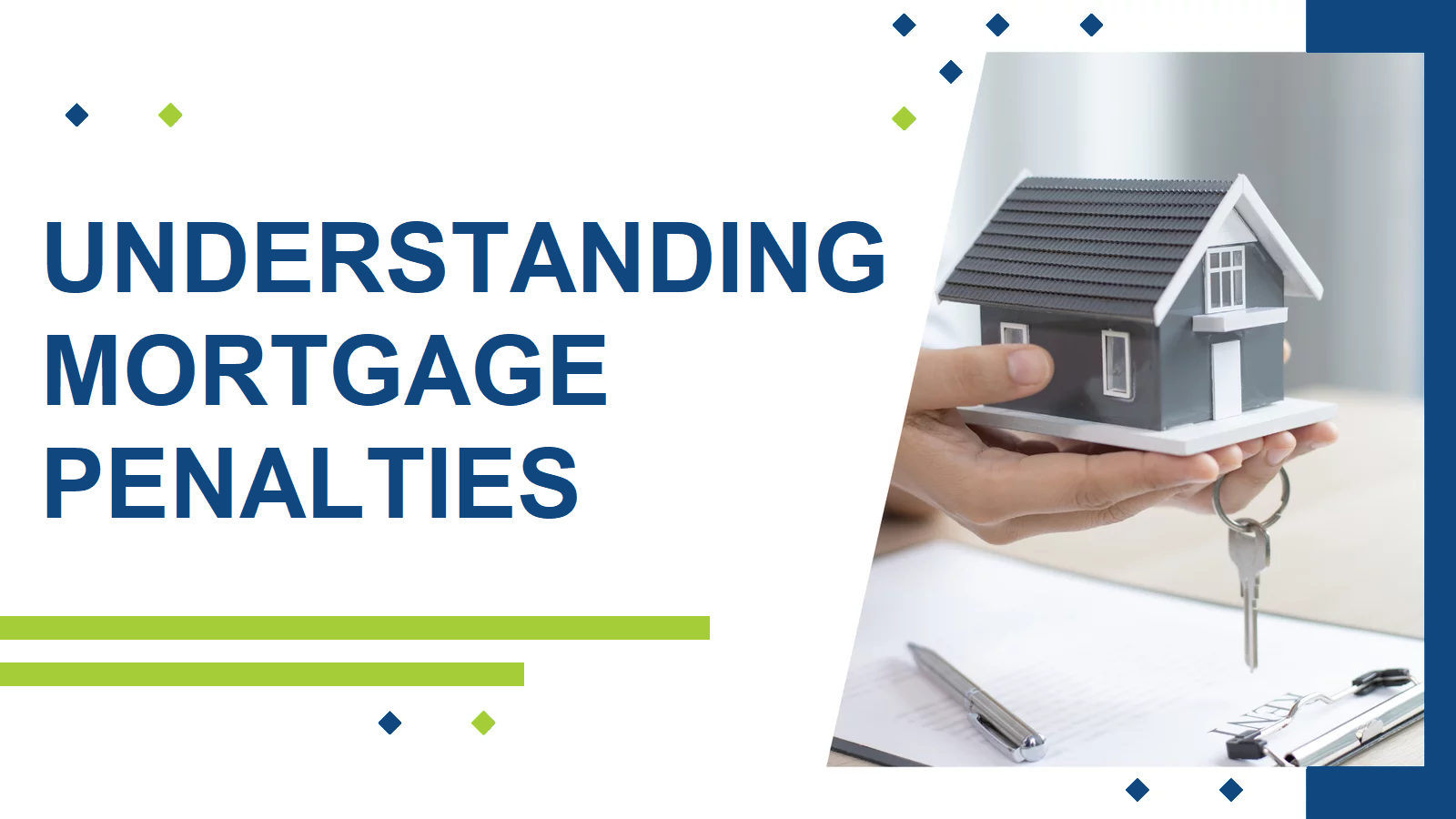
Understanding Mortgage Penalties
April 4, 2024 | Posted by: Keith Leighton

Understanding Mortgage Penalties
If you have a mortgage and want to end your loan agreement early, you will usually face early termination fees from your lender. These penalties, also called prepayment penalties, can apply if you cancel the mortgage, transfer it to another institution, make extra payments, or sell your home and pay off the balance before the end of the loan term. Early termination fees can be costly, sometimes thousands of dollars, so it's crucial to understand when they might be charged and how your lender calculates the amount.
The penalties you may face for mortgage foreclosure depend on whether you have an open or closed loan, as well as whether you have a fixed or adjustable interest rate. With an open mortgage, you can make extra payments without penalty, but the interest rate is higher. Closed mortgages charge prepayment penalties but have lower rates. Variable rate mortgages usually have a penalty of 3 months interest, while fixed rate mortgages may charge that or use a different penalty calculation.
When terminating a mortgage early, lenders typically charge fees calculated as the greater of:
- Three months of interest on the current mortgage balance, or
-
- The interest rate differential between the current and new mortgage rates.
-
Additional administrative, reinvestment, and contractually-specified fees may also apply. To determine the full termination costs, review all mortgage terms and consult the lender on specific penalty calculations.
To calculate the prepayment penalty on a mortgage loan, the lender will consider the mortgage balance, time remaining on the term, fixed interest rate per the contract, posted rate at signing, and current posted rate.
For a 3-month penalty, they calculate the annual interest (mortgage balance x contract rate), then determine the penalty as 3 months of that annual interest divided by 12.
For an interest rate differential (IRD) penalty, they calculate the rate difference (posted rate at signing minus current posted rate), then multiply the mortgage balance by the rate difference and remaining term.
The IRD penalty is typically used when the current posted rate is lower than your contract rate or if you signed within the past 5 years. The lender may use a different posted rate than your contract rate when calculating the IRD, significantly impacting the penalty, so check which rate is applied.
Prepayment privileges in your mortgage contract allow you to make extra payments toward your mortgage principal without penalty. Taking advantage of these privileges can reduce the costs of breaking your mortgage early.
Contact your DLC Ideal Mortgage professional for more information.
